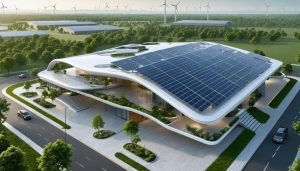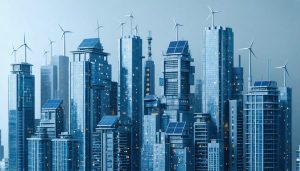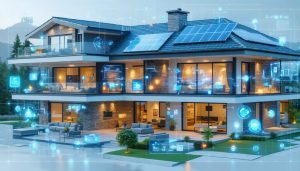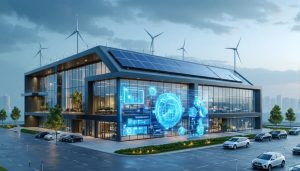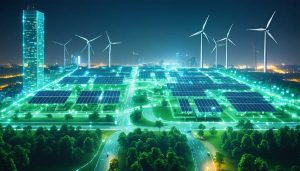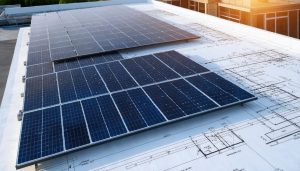
Solar Construction Management: Powering Project Success Through Smart Energy Integration
Solar construction management stands at the forefront of modern building innovation, revolutionizing how we develop, implement, and oversee construction projects in an increasingly sustainability-focused industry. As renewable energy integration becomes critical to project success, construction managers must master the intricate balance between traditional building practices and solar technology implementation.
The convergence of construction expertise and solar technology demands a…

